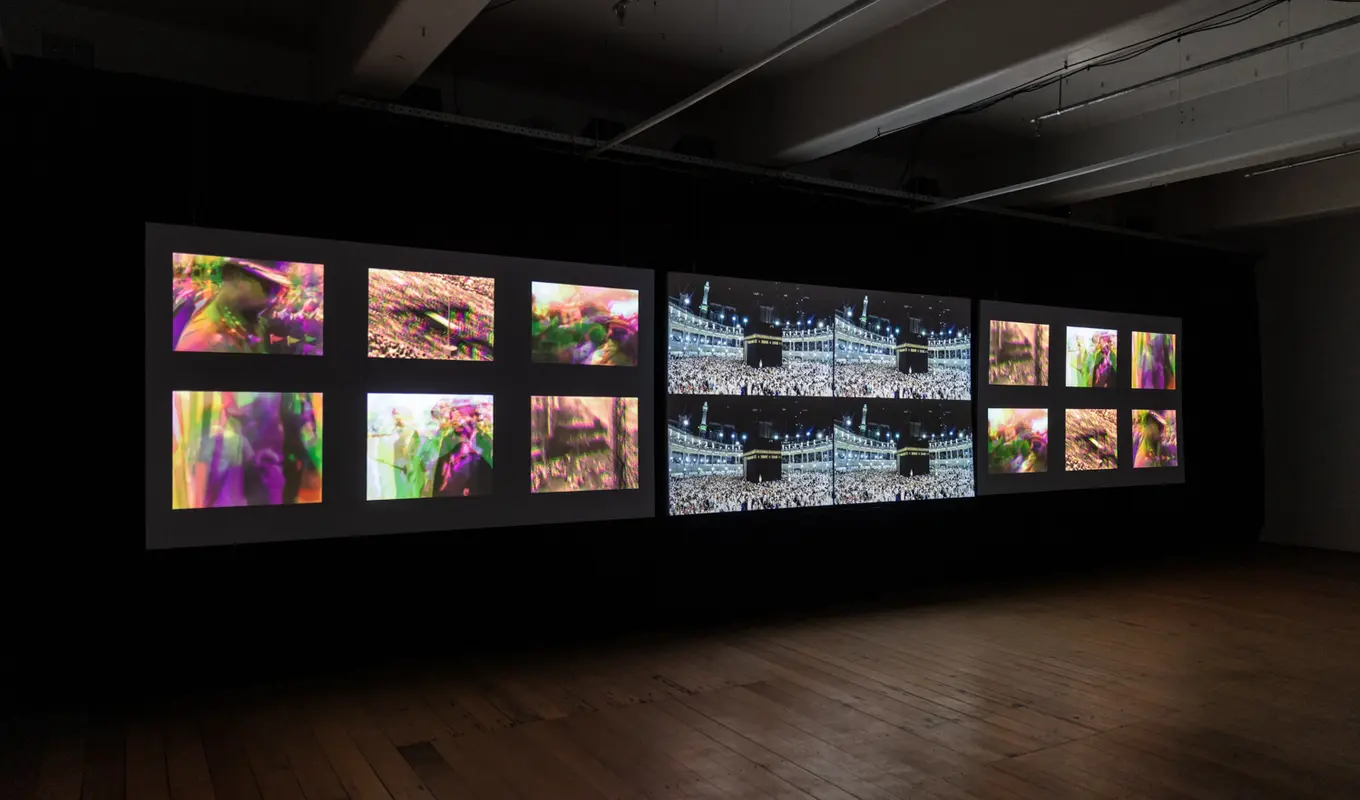“Everything You Can Dream of is True”
Hoda Afshar, Akil Ahamat, Tarik Ahlip, Maissa Alameddine, Paola Balla, Travis De Vries, Jagath Dheerasekara, Dictaphone Group, Lux Eterna, Riana Head-Toussaint, Roberta Joy Rich, Gillian Kayrooz, Eugenia Lim, Jumana Manna, Hayley Millar Baker, Sancintya Mohini Simpson, Jazz Money, James Nguyen, Katy B Plummer, Khaled Sabsabi, Larissa Sansour, Feras Shaheen and Subash Thebe Limbu
14 June → 29 June 2025
Film Program

Everything You Can Dream of is True is a moving image and discussion series inviting a re-imagining of ourselves and the world around us.
Unfolding across Saturday 14, Saturday 21 and Sunday 29 June, films by over twenty First Nations, global Indigenous and diaspora artists interrogate the status quo and propose new ways of engaging with complex histories, politicised identities and futurisms.
Everything You Can Dream of is True sparks conversations around some of the most vital ideas in current practice. The program was curated by Eddie Abd and Rachelle Esaid and first presented at Utp on Dharug land in Western Sydney.
Day One, Saturday 14 June
Bringing together artists foregrounding narratives surrounding body and land.
Session One, 11am → 12.30pm
In the morning, artists consider our relationships to place and the self through intimate and communal visual imagery.
- Gillian Kayrooz, Leave your shoes at the door
- Riana Head-Toussaint, First Language
- Eugenia Lim, Letter to Corhanwarrabul
- Jazz Money, WINHANGANHA
Session Two, 1 → 2.30pm
In the afternoon, artists centre connection to land explored through oral storytelling and auto-fiction to consider our individual and collective responsibilities for disruption and continuity.
- James Nguyen, Nam Tiếng
- Jagath Dheerasekara, Break The Cinnamon Branch
- Maissa Alameddine, Act I: Burden
- Jumana Manna, Foragers
In Conversation, 2.45 → 3.30pm
Eugenia Lim and James Nguyen
Day Two, Saturday 21 June
Encircle new beginnings and the unending matriarchy.
Session One, 11 → 12pm
In the morning, artists visualise origins and ends, real and unreal, and center imagination as form of intervention.
- Tarik Ahlip, 31.05.2010
- Hoda Afshar, Undone
- Travis De Vries, The Last Question
- Lux Eterna, The 8th Day
Session Two, 12.30 → 1.30pm
In the afternoon, artists foreground women as inheritors and creators of histories, myths and counter-narratives.
- Hayley Millar Baker, Nyctinasty
- Sancintya Mohini Simpson, The Language of Indenture
- Katy B Plummer, THE WITCH LAYS HER EGGS IN TERRIBLE CLUMPS
- Larissa Sansour, In Vitro
In Conversation, 2 → 2.45pm
Riana Head-Toussaint and Lux Eterna
Day Three, Sunday 29 June
Ushering in revelations and resistance, artists across First Nations, Palestinian and diaspora communities share their truth and vision.
Session One, 11 → 12.30pm
In the morning, artists invite us into realms of unseen truths and possibilities.
- Paola Balla, Mok Mok Murrup Yakuwa
- Akil Ahamat, Dawn of a day too dark to call tomorrow
- Khaled Sabsabi, 40
- Subash Thebe Limbu, Ningwasum
Session Two, 1 → 2.30pm
In the afternoon, works examine resistance manifested through the body, mind and community.
- Roberta Joy Rich, Remembering District 6
- Kuba Dorabialski, You Can’t The Fire
- Feras Shareen, Humanising
- Dictaphone Group (Tania El Khoury, Abir Saksouk, Petra Serhal), Nothing to Declare
In Conversation, 2.45 → 3.30pm
Paola Balla and Roberta Joy Rich
Following the conversations, audiences have the opportunity to view works by Khaled Sabsabi until 4pm.
Everything You Can Dream of is True is presented in partnership with Utp, Dharug land, Western Sydney with the support of Creative Australia and Centre for Projection Art. WINHANGANHA is presented by the National Film and Sound Archive of Australia.
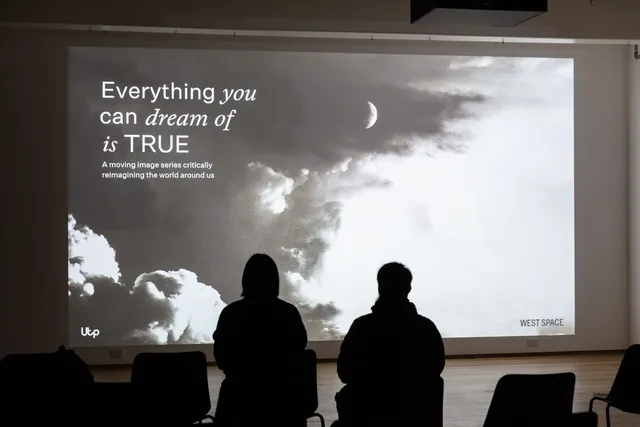

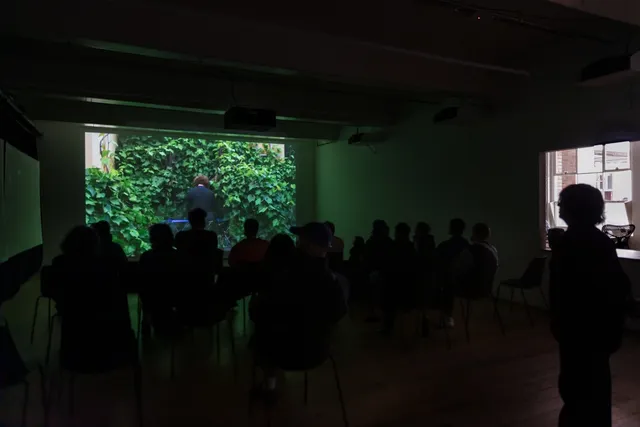
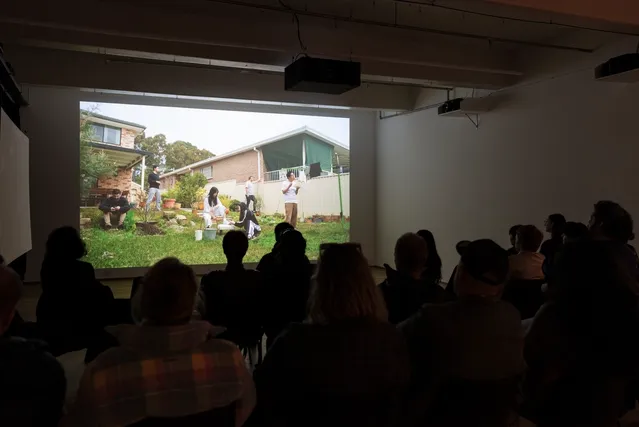

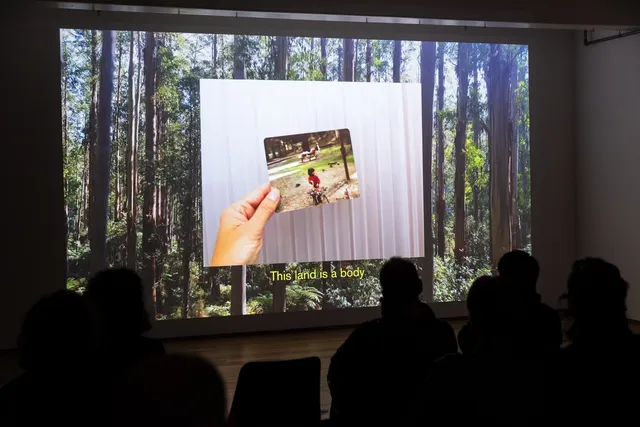
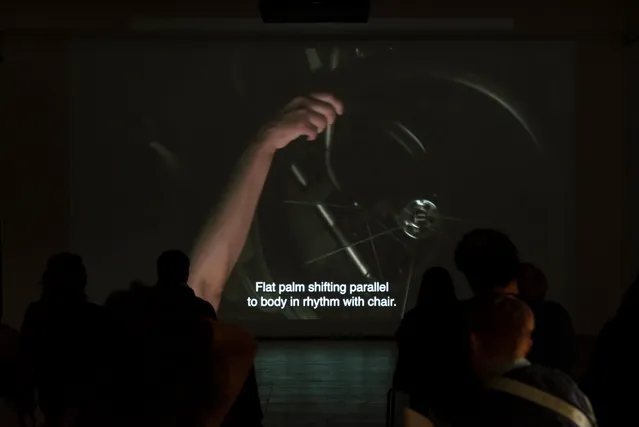

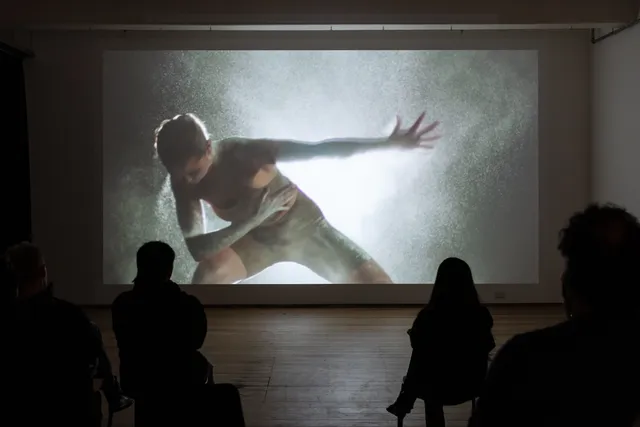

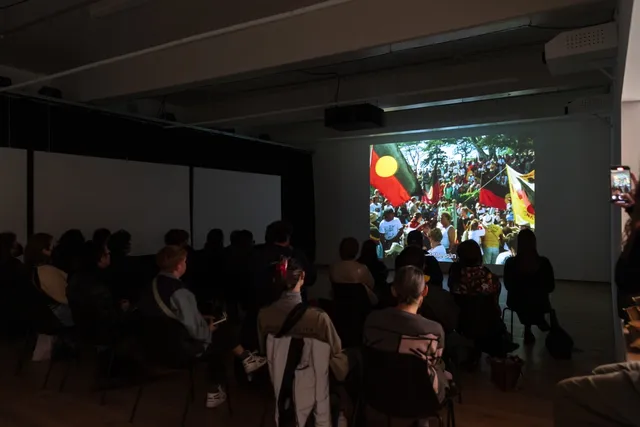



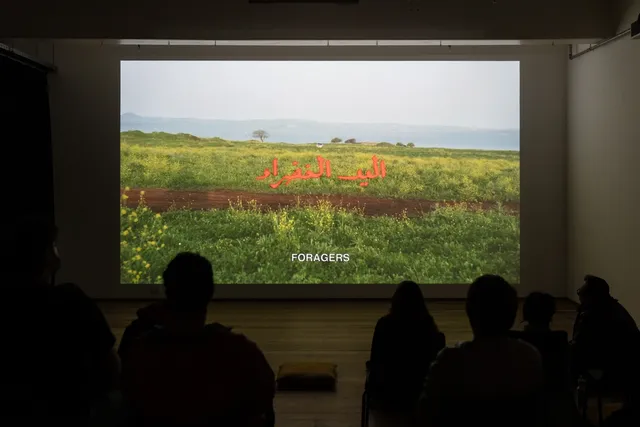


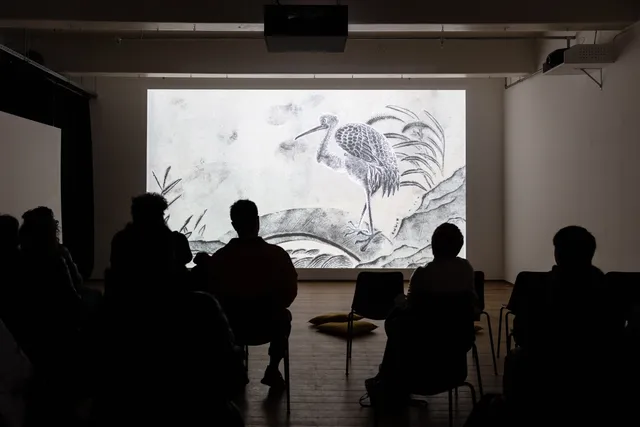
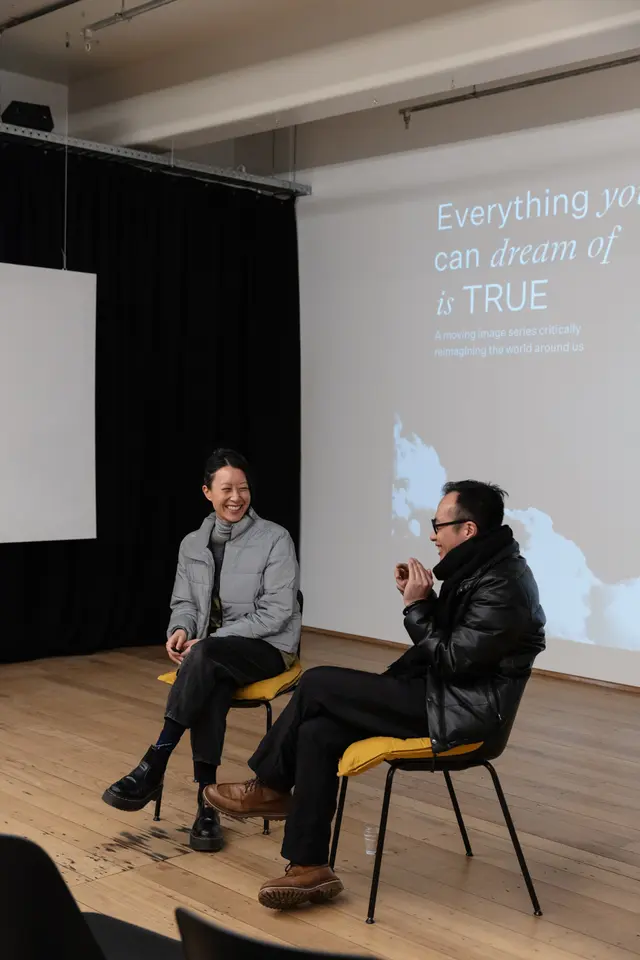

Hoda Afshar was born in Tehran, Iran and is now based in Naarm/Melbourne. Working across photography and moving-image, her practice explores the nature and possibilities of documentary image-making, considering the representation of gender, marginality, and displacement. Afshar employs processes that disrupt traditional image-making practices, play with the presentation of imagery, or merge aspects of conceptual, staged, and documentary photography.
Akil Ahamat is a Sri Lankan Malay artist and filmmaker currently based on Gadigal Country. In their work, they animate the non-human in order to talk to it. In the crinkles and whispers of these conversations, shapes of the inhuman forces that govern our lives emerge, as well as our relationships to them.
Tarik Ahlip has a background in Architecture and works across sculpture, film and verse. Ahlip's practice considers poetics as capable of driving epistemic change. He is currently working on a nature documentary and a short film project to be shot in Istanbul.
Maissa Alameddine is a Lebanese-Tripolitan artist, vocalist, performer, creative producer working across a range of mediums including live performance, video and photography. Her work explores the idea of migration as a chronic injury. Alameddine uses her voice as a provocation and a response. Deep collaborative and collective practice with SWANA and diverse communities in Western Sydney has been a feature of her work for over twenty years.
Paola Balla is a Wemba Wemba and Gunditjmara woman and artist, writer curator and educator. She focuses on Aboriginal women's stories and resistance with a visual practice, encapsulating research, art, memory and narrative realms. Her work centres Aboriginal women’s voices, activism, Sovereignty, and matriarchy and First Nations ways of being, knowing and doing.
Travis De Vries is Gamilaroi and Dharug artist from country NSW whose work that is a commentary on Indigenous and Blak ideologies through a futurism lens, often making satirical statements about the bureaucratisation of the Indigenous identity. Travis is the founder of Awesome Black.
Jagath Dheerasekara is an Amnesty International Human Rights Fund Grant recipient. He was granted political asylum in France in the early 90s when he had to leave Sri Lanka due to his activism in human rights and politics. He settled in Australia with his family in 2008. Jagath’s interdisciplinary work is informed by his personal and collective memory, incidents of fragility of the principles of humanity and colonisation. He has presented his work in a number of solo and group exhibitions. Jagath lives and works on Gundangurra country in western Sydney.
Dictaphone Group (Tania El Khoury, Abir Saksouk, Petra Serhal) is a research and performance collective that creates live art events based on multidisciplinary study of space. They have been creating site specific performances informed by research in a variety of places like a cable car, a fisherman’s boat, and a discontinued bus, with the aim to question our relationship to the city, and redefine its public space.
Lux Eterna is an Australian-Palestinian inter-disciplinary artist working across forms of performance, dance, drawing and lens media. All are underpinned by practices of embodied sensitivities, mainly invoked through dance and desert based mystic experiences, Lux asks how such methods may be deployed as technological tools for our post-human futures.
Riana Head-Toussaint is an interdisciplinary crip/disabled artist, DJ and curator/community organiser of Afro-Caribbean heritage. Her practice sits at the intersection of creative expression, activism, cultural exchange and disability justice. Riana creates across choreography, film, sound, writing, and installation. Her work has taken place in carparks, post-industrial ruins, galleries, theatres, and online/digital spaces. Riana is the founder and creative lead of CRIP RAVE THEORY, a sound and club culture project that draws on intersectional disabled/crip knowledge to create more accessible music, rave and party spaces.
Roberta Joy Rich is a multi-disciplinary artist, educator and curator. Often drawing upon her lived experiences as a diaspora Southern African 'Cape' woman with Afro-Asian lineages, Roberta utilises language, text, video, archives, photo-media, satire and storytelling as platforms to interrogate constructs of race, gender, imperialism, Western singularity and notions of authenticity.
Gillian Kayrooz is an artist based in Sydney, on Gadigal and Dharug land. Kayrooz’s work is collaborative, inviting members of the community to contribute authentic impressions, in a bottom-up rather than top-down conception of history and place.
Eugenia Lim is an artist of Chinese Singaporean descent who works across body, lens, social and spatial practice to explore how national identities, migration and capital cut, divide and bond our interdependent world. A performer within her own works, Eugenia invents personas to explore the tensions of the individual within society – the alienation and belonging in a globalised world.
Jumana Manna is an artist raised in Jerusalem, living in Berlin. Her work explores how power is articulated, focusing on the body, land and materiality in relation to colonial inheritances and histories of place. Through sculpture, and filmmaking, Jumana deals with the paradoxes of preservation practices, particularly within the fields of architecture, agriculture and law. Her practice considers the tension between the modernist traditions of categorisation and conservation and the unruliness of ruination, life and its regeneration.
Hayley Millar Baker is a lens-based artist in Naarm/Melbourne. She is an Aboriginal Gunditjmara/Djabwurrung woman with mixed Anglo-Indian and Portuguese-Brazilian heritage. Millar Baker’s work centres on Indigenous feminine narratives of being, spirituality, and the psyche-prominent subjects in her personal and cultural identity and experiences.
Sancintya Mohini Simpson is a descendant of indentured labourers sent from India to work on colonial sugar plantations in South Africa. Her work navigates the complexities of migration, memory, and trauma—addressing gaps and silences within the colonial archive. Simpson’s work moves between painting, video, poetry, and performance to develop narratives and construct rituals that reflect on her maternal lineage.
Jazz Money is a Wiradjuri poet and artist based on Gadigal land, Sydney. Jazz's practice is centred around poetics while producing works that encompass installation, digital, performance, film and print. Jazz's writing has been widely published nationally and internationally, and performed on stages around the world.
James Nguyen's interdisciplinary practice moves between live and online performance, video, drawing and installation. He often makes work in collaboration with family and friends, inviting them to respond to specific sites using readily available materials. Processes of research and conversation play key roles in his practice, which examines strategies of decolonisation, while also interrogating the politics of family history, displacement and diaspora.
Katy B Plummer is an artist in Sydney, on Gadigal land. She has a BFA from UNSW and and MFA from the School of Visual Art in New York. She is interested in ghosts, cinematic storytelling, anachronistic textile practices and high school theatre aesthetics. Her work suggests that history is a haunted house, and that violence, poetry and witchcraft are legitimate political strategies.
Khaled Sabsabi migrated with his family from Tripoli to Western Sydney, Australia following the outbreak of civil war in Lebanon. Since the late 1980s, Sabsabi has worked with communities, particularly those in Western Sydney, to create and develop arts programs and projects that explore the complexities of place, displacement, identity and ideological differences associated with migrant experiences and marginalisation.
Larissa Sansour was born in East Jerusalem, Sansour (PS/DK) studied Fine Art in Copenhagen, London and New York. She represented Denmark at the 58th Venice Biennale. Recent solo exhibitions include Whitworth Gallery in Manchester, KINDL in Berlin, Copenhagen Contemporary in Denmark and Dar El-Nimer in Beirut. Larissa lives and works in London.
Feras Shaheen is curious in letting his conceptual interests lead him across a variety of mediums. Working with choreography, installation work, film, performance, design, and street dance, the core of Feras’ practice is to connect and engage audiences. He seeks to bring activism into his art practice, with outcomes that are accessible and community centred. Feras subverts traditional relationships between mediums to challenge audiences' perspectives, specifically to disrupt colonial discourses and reduce Western reliance on neutrality and apathy.
Subash Thebe Limbu is a Yakthung (Limbu) artist from Yakthung Nation (Limbuwan) from what we currently know as eastern nepal. He works with sound, film, music, performance, and painting. His works are inspired by socio-political issues, resistance and science/speculative fiction. Notion of time, climate change, and indigeneity or Adivasi Futurism as he calls it, are recurring themes in his works.
